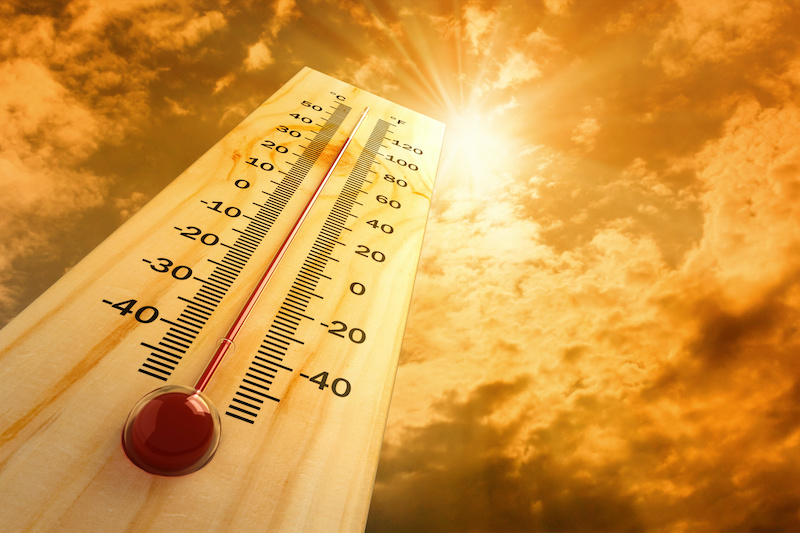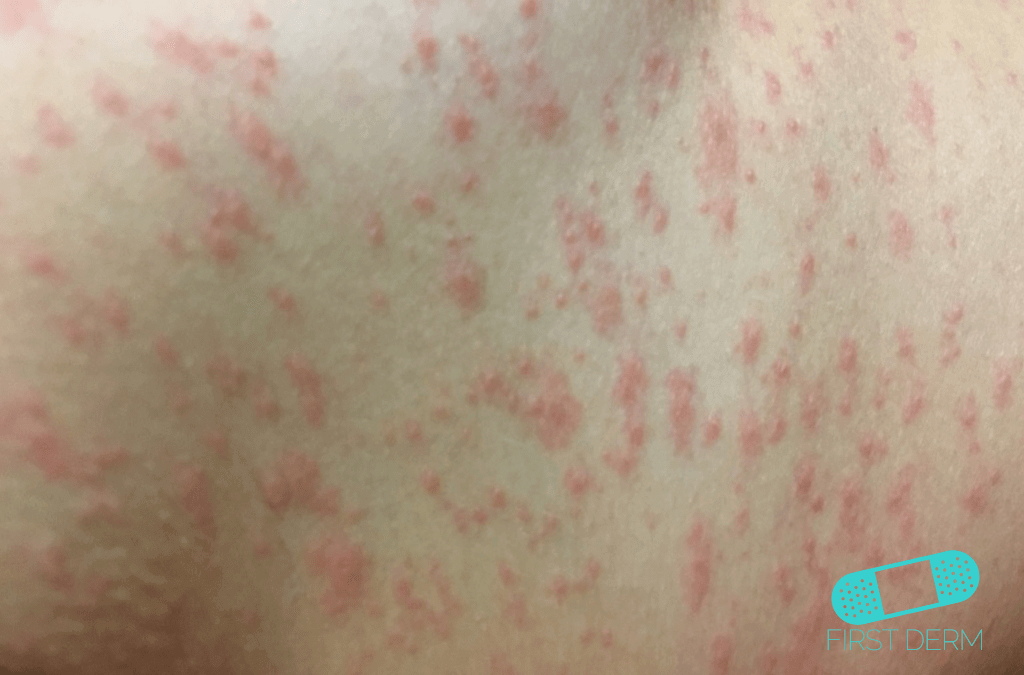Watch out for that Heat Rash!
The world appears to be getting hotter as every summer goes by. Countries famous for suffering almost sunless summers such as the U.K. are now seeing several heatwaves a year. This means great weather to enjoy beaches, pools and outdoors but it is not without its risks. Aside from obvious skin cancer risks you could also suffer from a heat rash. Believe it or not, heat rashes are not a problem only suffered by children, they can affect adults too!
What is a Heat Rash?
A heat rash, also known as prickly heat or miliaria is most commonly seen on children and babies. However, it still affects adults too. Especially if the weather is hot and humid.
This rash develops when blocked pores trap sweat under your skin. It usually feels prickly or intensely itchy, hence the name ‘prickly heat’.
What are the Symptoms?
For infants it is usually found around the neck and shoulders. Frankly, when it comes to children it can pop up just about anywhere including the chest, armpits, elbow creases and groin.
For an adult you’re most likely to develop heat rash in skin folds and where clothing rubs against the skin.
It typically appears as either superficial blisters or deep red lumps.
The types of Heat Rash
There are several classifications for heat rashes that help identify how severe the rash is and whether professional treatment is needed.
1.The Mildest Form
This is known as miliaria crystallina. It affects the sweat ducts in the top layer of the skin. This is usually easily identified by clear fluid-filled blisters and bumps that break easily
2. Prickly Heat
Since this form usually itches it is known as prickly heat. It occurs deeper in the skin and is known as miliaria rubra. Red bumps and prickly itching is usually a sure sign you have this form of heat rash.
3. Pus-Filled Heat Rash
As mentioned before, when you’re suffering from the mildest form a heat rash, clear fluid filled blisters appear. If these sacs become inflamed, they fill with pus. This can be painful and is known as miliaria pustolosa
4. Deep Heat Rash
This form of rash is known as miliaria profunda. it is the least common but also causes a strange rash. It affects the dermis which is a deeper layer of skin. Any sweat that is retained, leaks out of your sweat glands and into the skin. This causes firm, flesh colored lesions that look like goose bumps.
Causes
A heat rash is always connected to heat and humidity in some way. It effectively happens when your sweat ducts clog. Usually the sweat you produce will evaporate but when it doesn’t it gets trapped beneath the skin and causes a rash or inflammation.
Although the cause is not always clear. There are some obvious factors that seem to exacerbate the problem:
- Tropical Heat and Climates – as mentioned at the start, even the least tropical places are seeing more frequent heat waves. This hot, humid weather is something to watch out for as it will likely cause your rash.
- Overheating – Again connected to the weather. Dressing with too many layers, sleeping with too many covers, sitting in the sun, can all cause a heat rash. You’re also at risk of dehydration which is bad for your skin amongst many other things.
- Exercise – As you can see, a pattern is emerging. Intense exercise or hard work in the heat can cause you to sweat heavily. This has all the potential for a heat rash
- Immature Sweat Ducts – This applies to newborn babies. Unfortunately the sweat ducts of a newborn baby are not fully developed. They are therefore prone to rupturing easily and this can trap sweat beneath the skin.
First Derm Advice
In all, you’re more likely to be at risk if you live in a tropical climate, you’re doing a lot of physical activity or age (newborns are most at risk).
To prevent and protect yourself and your child from heat rash; Try to avoid overdressing in summer, avoid tightfitting clothes, stay in the shade and try to keep your sleeping area as cool as possible. Its all about trying not to sweat too profusely which we know can be a difficult task sometimes!
Should you see a Doctor?
Heat rash will usually heal once the skin cools down and you manage to avoid exposure to heat. If symptoms last longer than a few days or you need immediate confirmation then speak to our online dermatologists. This is particularly important if you notice any signs of infection such as increased pain, swelling and redness or pus draining from the lesions.
If you notice fever, chills or swollen lymph nodes in the armpit, neck or groin then get checked immediately.
Ask a Dermatologist
Anonymous, fast and secure!

The Specialist doctor from the University Hospital in Gothenburg, alumnus UC Berkeley. My doctoral dissertation is about Digital Health and I have published 5 scientific articles in teledermatology and artificial intelligence and others.



